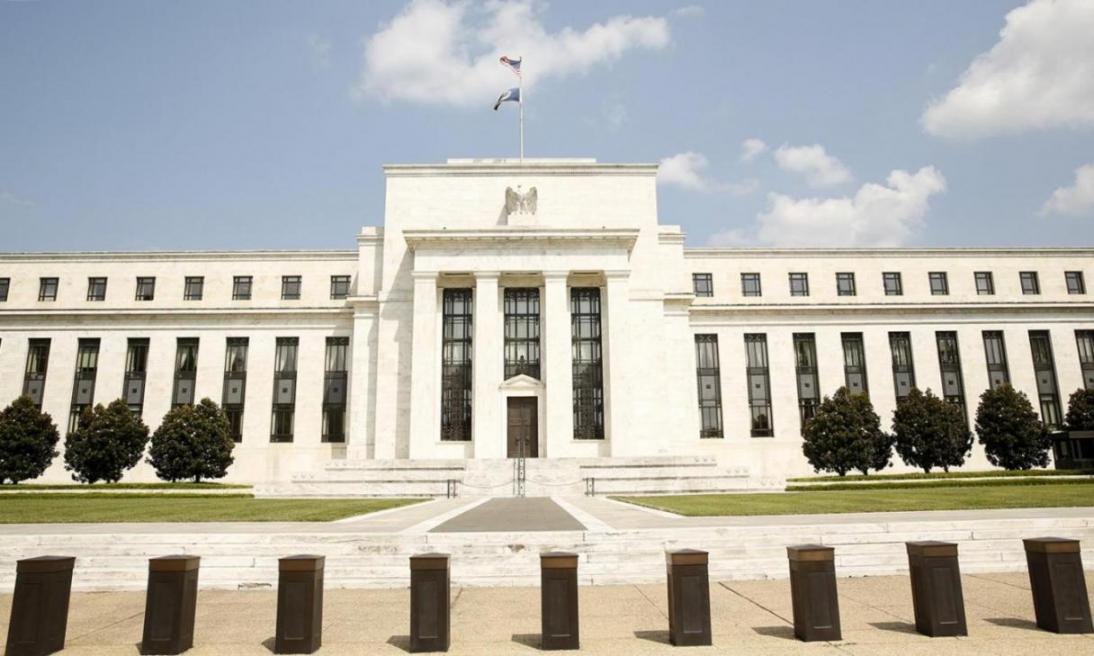The US Federal Reserve continues to be indecisive over interest rates. After its latest meeting, the Fed kept the interest rate unchanged, which led the central banks of Japan and New Zealand to hold off on taking new stimulus measures.
So the Fed maintaining a monetary policy unchanged has an impact on currency trading trends in the Middle East and globally, particularly this time with the New Zealand dollar and the Japanese yen, Euronews reported.
The Fed once again left interest rates unchanged in October, and now attention is already on December’s meeting. The central bank’s overt reference to possibly raising rates in December caught investors by surprise, as did its failure to comment on troubles in overseas economies.
Also notable by its absence was the usual mention of US labor market conditions. All this was interpreted positively by other central banks, particularly the Reserve Bank of New Zealand and the Bank of Japan.
New Zealand kept rates on hold following the Fed statement, putting more pressure on the New Zealand dollar, as it wanted.
On Friday, The Bank of Japan kept the current policy unchanged with no additional QE, which currently stands at 80 trillion yen ($661.8 billion) annually. This has led to a notable rise in the Japanese Yen against the dollar.
Breakdown
Nothing describes the United States Federal Reserve’s current communication policy better than the old saying that a camel is a horse designed by committee. Various members of the Fed’s policy-setting Federal Open Markets Committee have called the decision to keep the base rate unchanged “data-dependent.” That sounds helpful until you realize that each of them seems to have a different interpretation of “data-dependent,” to the point that its meaning seems to be “gut personal instinct,” Kenneth Rogoff wrote for Project Syndicate.
In other words, the Fed’s communication strategy is a mess, and cleaning it up is far more important than the exact timing of the FOMC’s decision to exit near-zero interest rates. After all, even after the Fed does finally make the “gigantic” leap from an effective federal funds rate of 0.13% (where it is now) to 0.25% (where is likely headed soon), the market will still want to know what the strategy is after that.
To be fair, deciding what to do is a very tough call, and economists are deeply divided on the matter. The International Monetary Fund has weighed in forcefully, calling on the Fed to wait longer before raising rates. And yet central bankers in the very emerging markets that the IMF is supposedly protecting have been sending an equally forceful message: Get on with it; the uncertainty is killing us.
Awaiting Clear Signal
“Personally, I would probably err on the side of waiting longer and accept the very high risk that, when inflation does rise, it will do so briskly, requiring a steeper path of interest-rate hikes later,” Rogoff said. But if the Fed goes that route, it needs to say clearly that it is deliberately risking an inflation overshoot. “The case for waiting is that we really have no idea of what the equilibrium real (inflation-adjusted) policy interest rate is right now, and as such, need a clear signal on price growth before moving.”
But only a foaming polemicist would deny that there is also a case for hiking rates sooner, as long as the Fed doesn’t throw random noise into the market by continuing to send spectacularly mixed signals about its beliefs and objectives. After all, the US economy is at or near full employment, and domestic demand is growing solidly.
While the Fed tries to look past transitory fluctuations in commodity prices, it will be hard to ignore rising consumer inflation as the huge drop of the past year–particularly in energy prices–stabilizes or even reverses. Indeed, any standard decision rule used by central banks by now dictates that a hike is long overdue.


